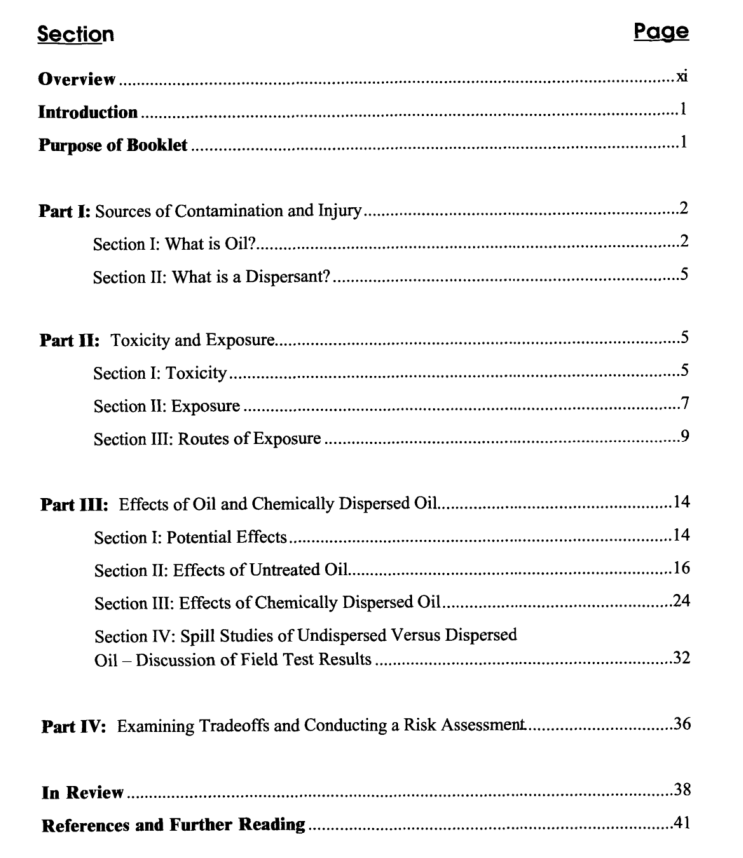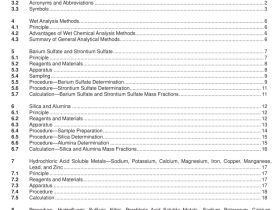API Publ 4693 pdf download

API Publ 4693 pdf download EFFECTS OF OIL AND CHEMICALLY DISPERSED OIL IN THE ENVIRONME
Consider this scenario – an oil tanker has been involved in an accidentnear mangroves and a large salt marsh. Some of the tanker’s cargo hasbeen released in the accident. One member from the team of decision-makers is assigned the responsibility of recommending countermeasureoptions. While dispersants are one option, he is concerned about theirpossible effect on resources in the area, including all resident plants andanimals. Many papers are available which provide information on thedifferent effects of chemically dispersed oil on biological resources.However, applying the findings from numerous scientific experimentsto a real-world emergency is not easy. What this person wants is a con-cise booklet that in layman’s terms explains the general effects of oiland chemically dispersed oil on various biological resources. Such abooklet would have made preparing for, and now dealing with, dispers-ant use issues less time consuming, while making the information morecomprehensible. This booklet was designed to fill that planning need.ldeally, it should be read along with other reference material as part ofpre-spill planning activities, not just during a response emergency.
PURPOSE OF THE BoOKLET
This booklet has been developed as a reference document for oil spillresponse decision-makers, to provide an accurate summary of exposureand effects of oil and chemically dispersed oil in the marine environ-ment. During both pre-spill planning and actual response, decision-makers are faced with many questions concerning exposure and effects.For instance:
what will the oil do to a particular biological resource, both toindividuals and the entire population?
.Is dispersant alone likely to cause adverse effects?
will adding chemical dispersants change the way oil affectsplants and animals?
Would it be better to expose one resource to the oil so thatanother resource could be protected?
These are the types of questions addressed in this booklet.
Part One of the booklet provides a general, background discussion onconcepts necessary for understanding the potential sources of oil anddispersed oil contamination that can cause adverse effects.This information provides the foundation for understanding oil chemistry, toxic- ity, and exposure. Part Two focuses on the effects of undispersed oil and Part Three discusses how chemically dispersing oil changes expo- sure and effects to marine animals and plants. Resources are discussed in groups, according to their distribution in the environment and their likelihood of exposure to oil and chemically dispersed oil (Le., surface- dwelling, water column, bottom-dwelling , and intertidal). Part Four provides information on the tradeoffs of various decisions and informa- tion on conducting an ecological risk assessment. This booklet also identifies and explains specific terms associated with oil that may be used by technical experts during planning or response operations. The first time a new technical term is used within this book- let, it will appear in an ALL CAPS format; this signifies that a more detailed explanation or definition is present in the right or left margin near where the word(s) is first used within the main text.









